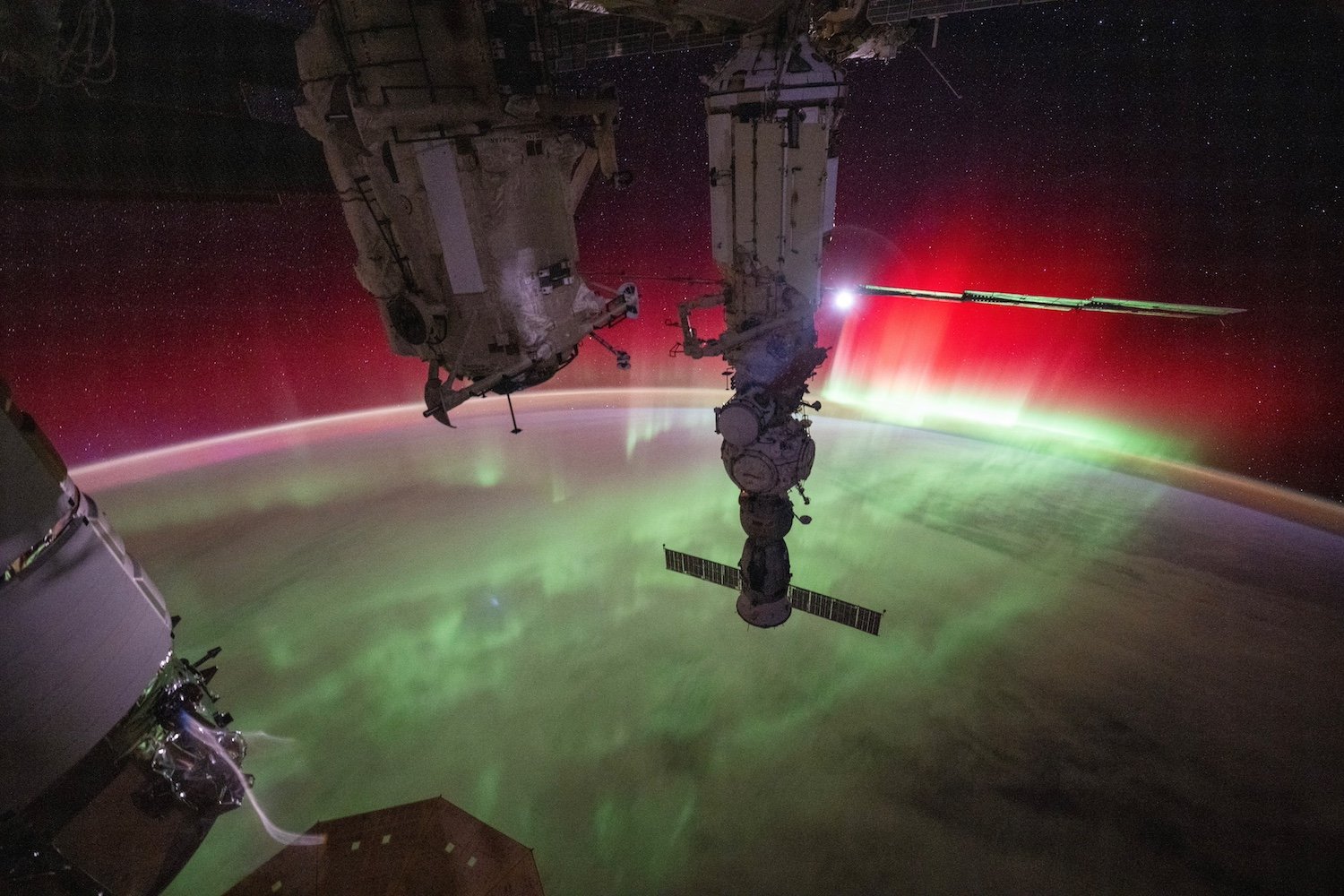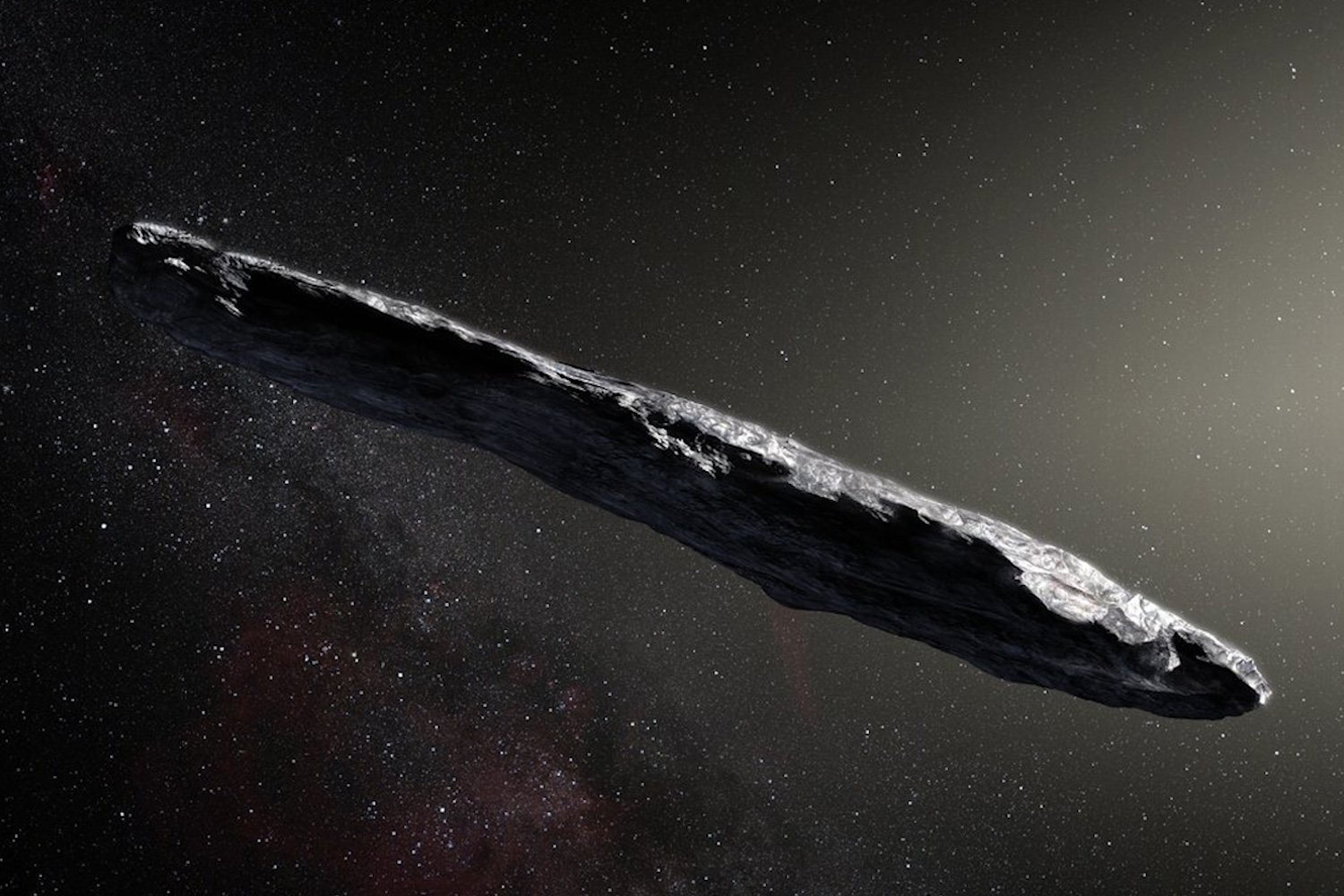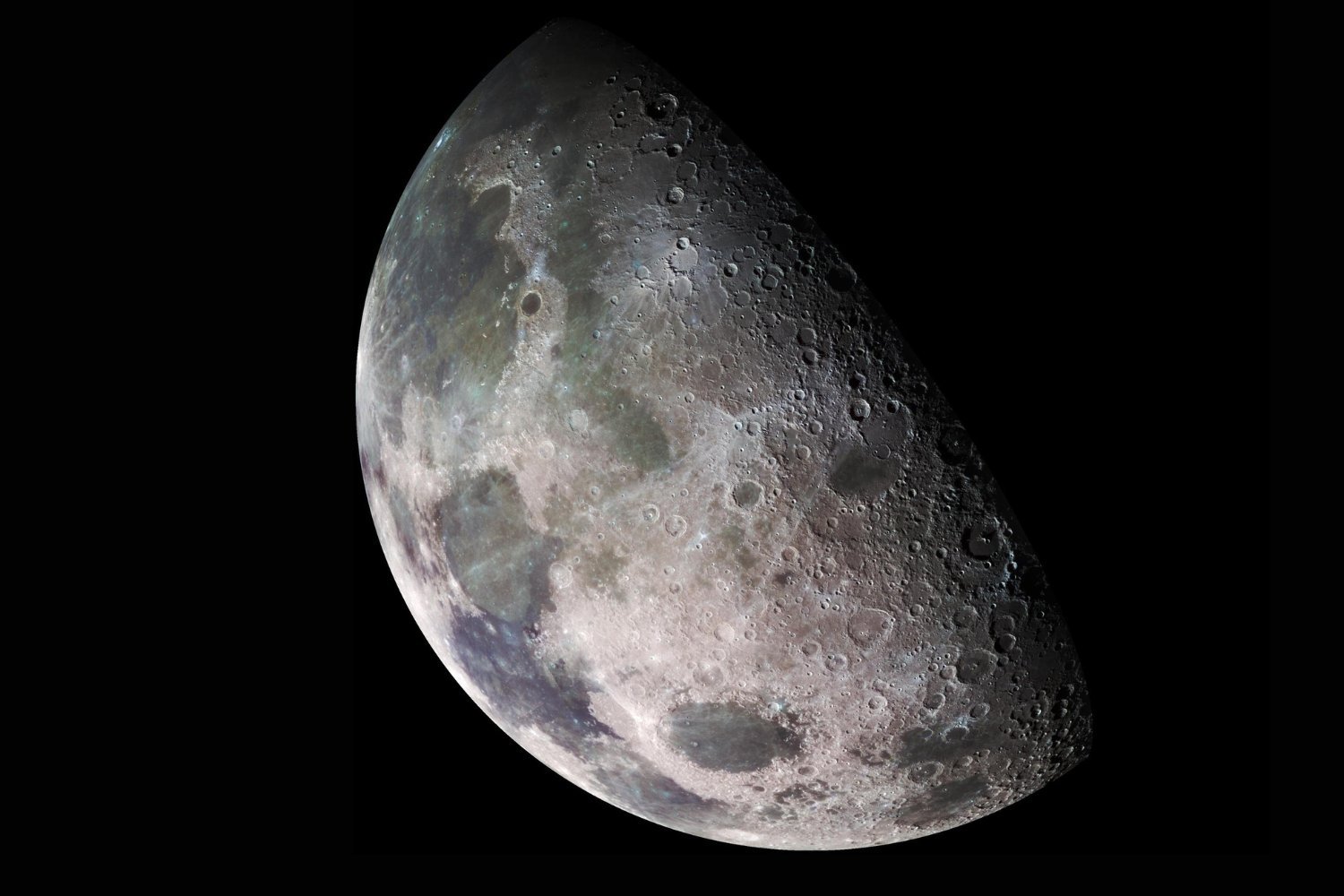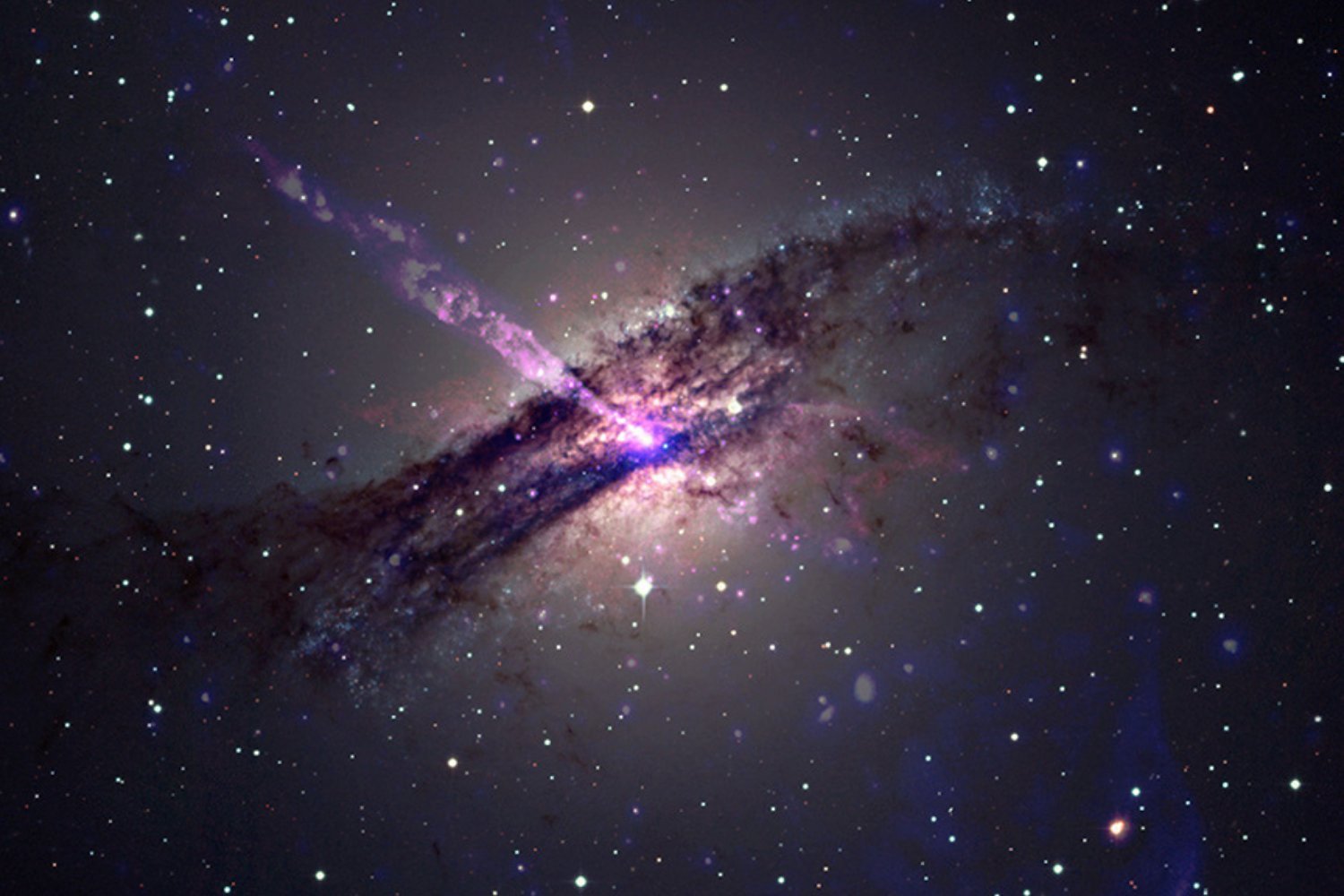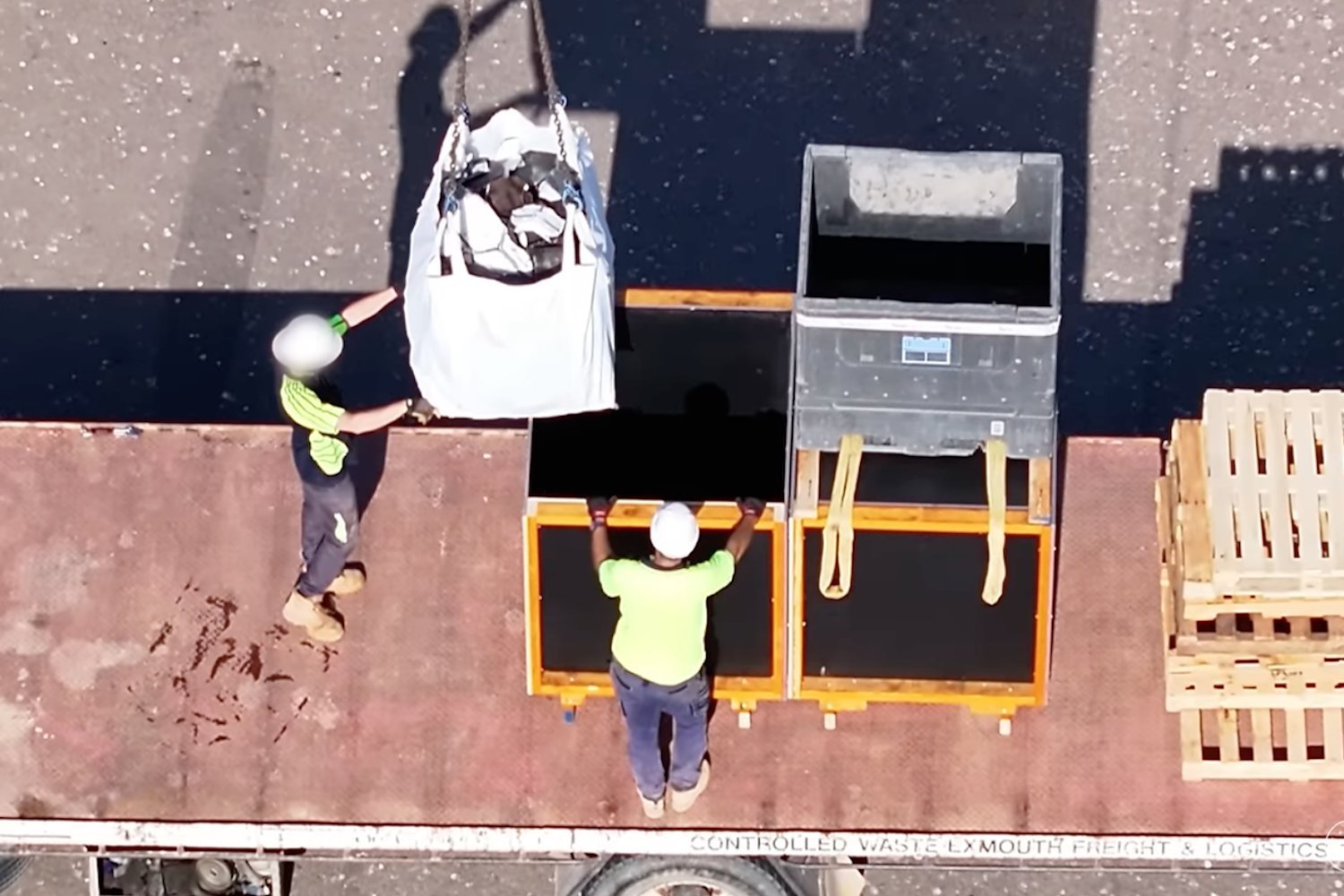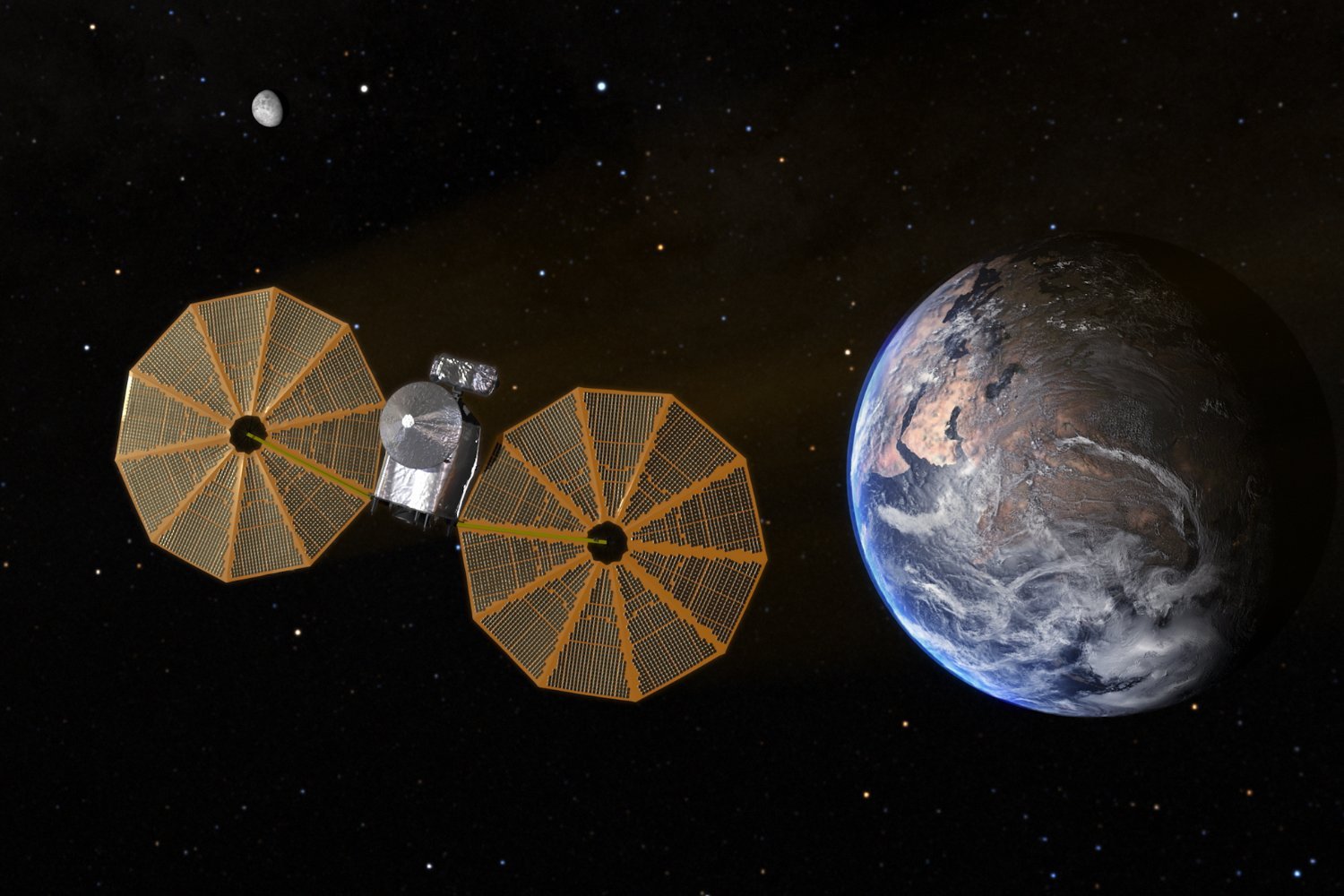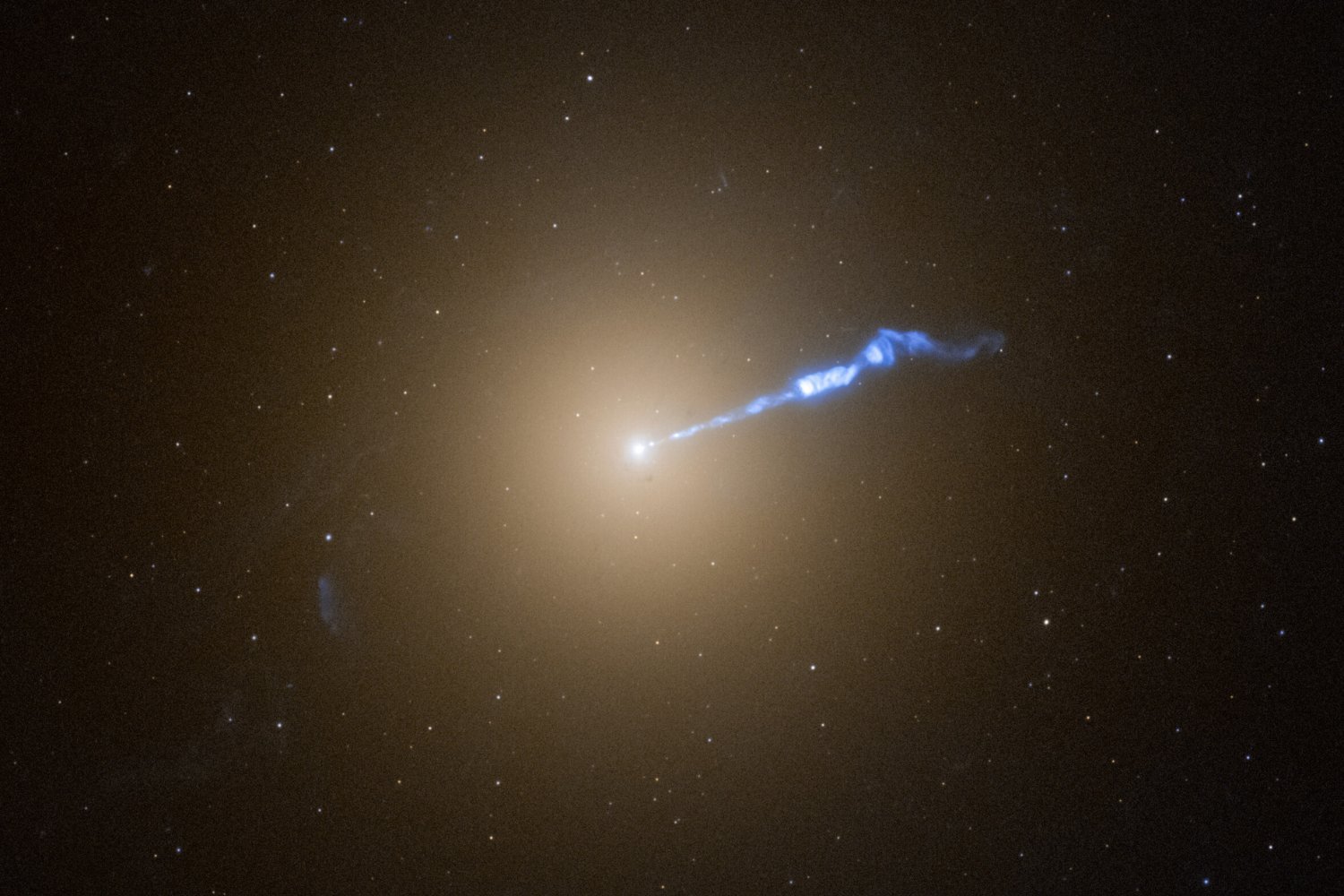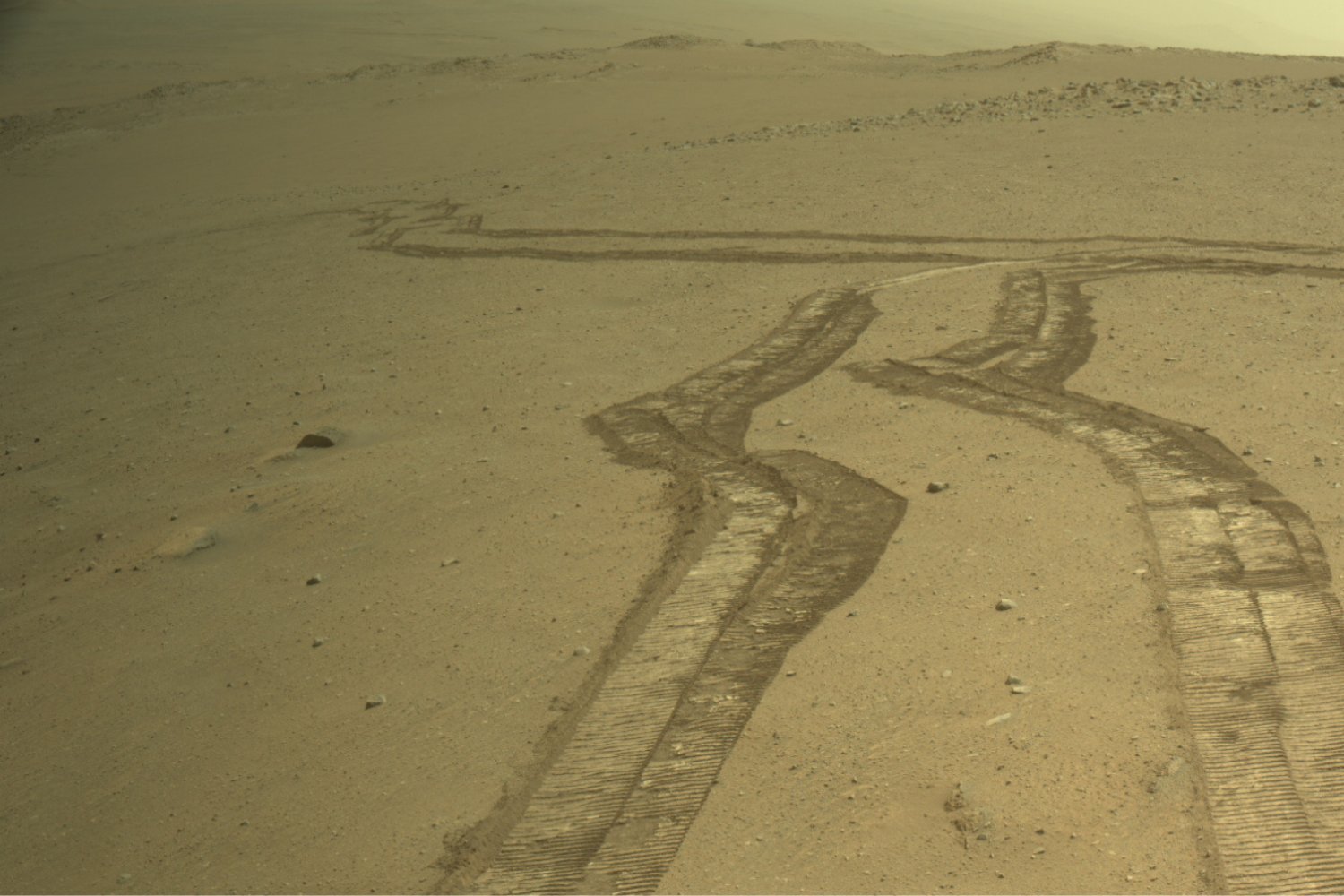The Sun, currently at its solar maximum, is experiencing a surge in solar eruptions and charged particle bursts directed towards Earth. These intense solar flares are significantly impacting satellites in low Earth orbit, causing alarming shifts in their positions.
Earth has weathered two geomagnetic storms this year, triggered by a series of solar eruptions. These storms have dramatically affected the orbits of thousands of satellites, leading to an unprecedented mass migration, as revealed by William Parker, a researcher at the Massachusetts Institute of Technology, during a presentation at the American Geophysical Union’s annual meeting, reported by SpaceNews.
Geomagnetic storms disrupt Earth’s magnetosphere, the protective magnetic bubble surrounding our planet, due to solar wind. In May, a G5, or extreme, geomagnetic storm, the first in over two decades, resulted from massive plasma expulsions from the Sun’s corona (coronal mass ejections). This storm impacted Earth’s power grid and produced stunning auroras visible across much of the globe.
The storm significantly increased atmospheric density in low Earth orbit, amplifying atmospheric drag on satellites, as explained by Parker. This drag led to noticeable satellite migration, particularly affecting SpaceX’s Starlink constellation, comprising over 6,700 satellites in low Earth orbit.
“SpaceX observed 20 kilometers (12.4 miles) of position error in their one-day calculations,” Parker stated, according to SpaceNews. “With a 20-kilometer uncertainty in spacecraft location, collision avoidance becomes virtually impossible.” This highlights the increased risk of satellite collisions in low Earth orbit, a danger typically mitigated by precise spacecraft tracking. Even minor orbital shifts elevate the collision risk.
After the storm’s peak, many satellites initiated automated maneuvers to regain their pre-storm altitudes, correcting the storm-induced shifts. Parker reported that approximately 5,000 satellites, primarily Starlink, performed orbit-raising maneuvers one day after the storm.
“This represents half of all active satellites maneuvering simultaneously,” he noted. “It constitutes the largest mass migration in history.” These maneuvers further complicate predicting satellite positions relative to each other, exacerbating the collision risk.
Scientists are actively working to understand the Sun’s behavior to improve geomagnetic storm predictions, enabling satellite operators to better prepare their spacecraft for these events.



